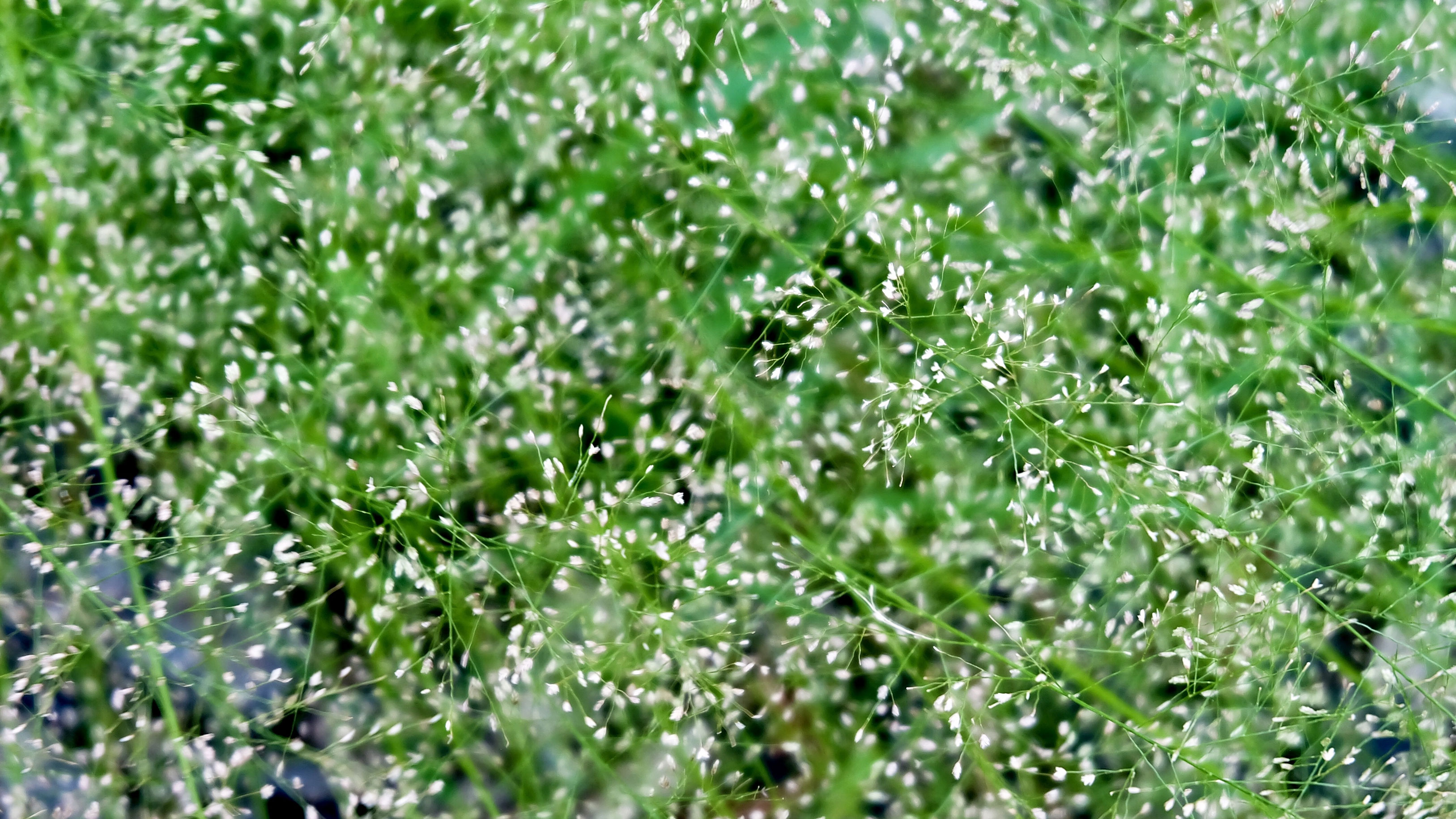
For a fabulous-looking lawn, you might be wondering when to fertilize Bermuda grass (Cynodon dactylon). Adding nutrients can make it green, dense, and able to stand up to diseases and insect infestations.
Like all lawn care tasks, fertilizing Bermuda grass needs to be undertaken at the right time of year in order for it to be beneficial. Get the timing wrong, and your action might even be harmful.
To ensure your grass is both lush and resilient we asked lawn care professionals to share their know-how on when to fertilize Bermuda grass, and this is what they told us.
When to fertilize Bermuda grass
Bermuda is a popular and robust grass and it’s among the best fast-growing grass seeds. Yet while it is tough and disease resistant, there are lawn care mistakes you can make with this grass and if you want to make a lawn green and thick, fertilizing is an important task.
‘Much like any other type of grass species or plant life, Bermuda grass requires regular fertilization for proper growth and development,’ explains Jason McCausland, national technical director for Weed Man. ‘Nutrients such as nitrogen (N), phosphorus (P) and potassium (K) are essential to promote strong root growth, increase the density and color of the lawn and allow it to better withstand environmental pressures such as lawn diseases, insect infestations and weed growth.’
But when to fertilize Bermuda grass? This is the lowdown.

Start in spring
Fertilize Bermuda grass in the growing season. ‘Since Bermuda grass really thrives in the warm season, late spring is your go-to time – basically, when night temperatures consistently stay above 65°F,’ says Bryan Clayton, landscaping expert and founder of GreenPal. ‘That’s when you’ll notice it waking up and getting all green and lively.’
Work to a schedule
To provide Bermuda grass with nutrients throughout the growing season, fertilizing your lawn in spring isn’t all it needs.
‘Here’s a little guide I follow,’ says Bryan Clayton. ‘Late spring (around May): Give it a good dose of nitrogen-rich fertilizer to jumpstart its growth. Early summer (June to July): Feed it again with nitrogen to maintain its lushness during its prime growth period. Late summer (like August): If your lawn seems to be looking a little weary or losing its mojo, it might need another nitrogen pick-me-up. Early fall (September to October): As the days start cooling off and the grass eases its growth, switch to a potassium-rich fertilizer. It’s like giving it a strengthening tonic before the chill sets in.’
Take location into account
Be mindful that where you live might have an influence on your schedule. ‘The timing and the amount of fertilizer can vary by location but it’s important to note that too much fertilizer can have just as much of an adverse affect as a lawn that is underfertilized,’ explains Jason McCausland.
‘Knowing the square footage of your lawn and following the instructions on the label are crucial when it comes to determining how much fertilizer you will need. It’s not uncommon to see damage caused by improper application methods so it’s always wise to consult a professional for advice.’
Avoid dormancy periods
There’s a period of the year when you ought not fertilize Bermuda grass. ‘You shouldn’t fertilize Bermuda grass when it’s dormant,’ says Bryan Clayton. ‘Doing so in the cold season, especially winter, won’t benefit the grass and can even be harmful. Plus, unused fertilizer can run off into nearby water sources, which isn’t good for the environment.’
FAQs
How many times a week should you cut Bermuda grass?
There are a few elements you’ll need to bear in mind to ascertain how many times a week to cut Bermuda grass. ‘There are many factors that determine how often you’ll need to mow your lawn such as time of year, type of Bermuda grass, and the desired mowing height,’ explains Jason McCausland, national technical director for Weed Man. ‘During the warmest months of the year (late spring to early fall), you will likely need to mow every five to seven days depending on the growth rate and, during the cooler months, it may be as infrequent as once every two to three weeks. Mowing height can vary slightly depending on the variety of Bermuda grass, but typically you’ll want to maintain a height of ¾ to 1¼ inches and always keep that mower blade razor sharp.’
Timing the fertilization of Bermuda grass right is crucial to a healthy, lush lawn. The steps for fertilizing a lawn aren’t complicated, though, and caring for the lawn this way will help keep it in great shape. If your lawn has bare patches to repair, be mindful that there’s a right order when it comes to seeding or fertilizing first in spring so the lawn thrives.







